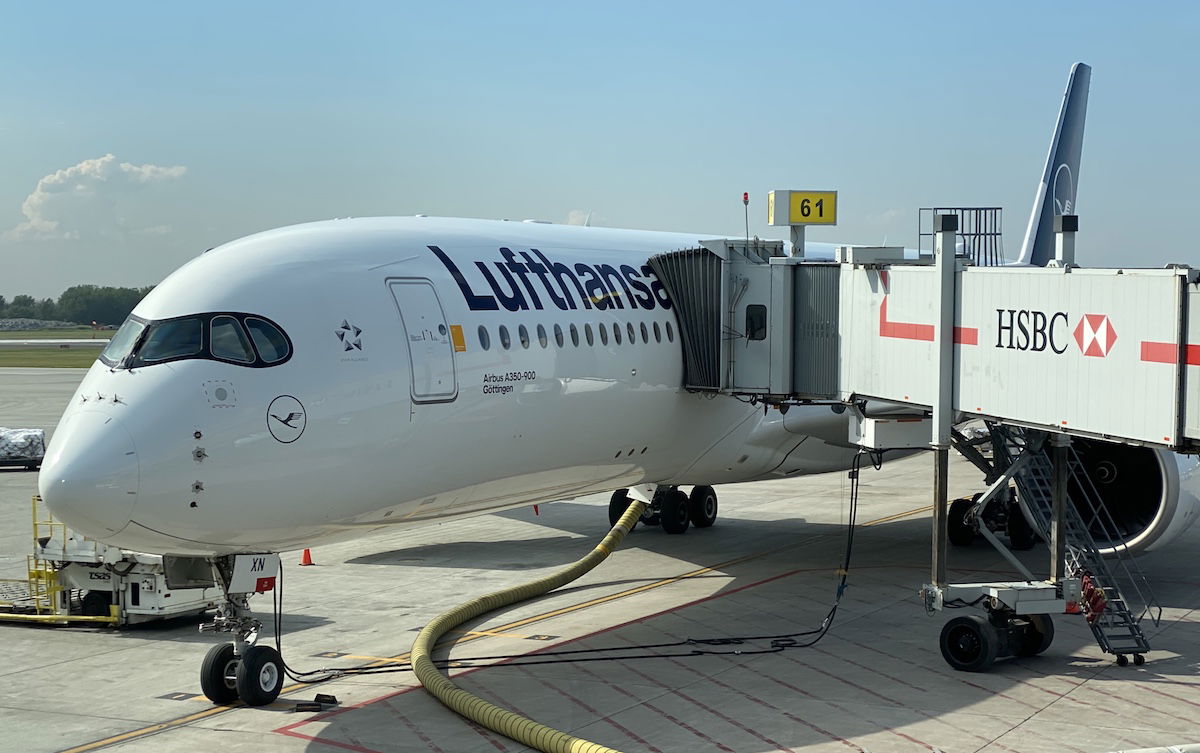In passing, I’ll often talk about IATA summer and winter schedules, though it occurred to me that I’ve never written in detail about what those are, and why people should care. For airlines, there are two key dates every year that have a big impact on network planning, so let me explain what those dates are, and why.
In this post:
Airlines observe summer & winter schedules
The International Air Transport Association (IATA) is an important body for the airline industry, and it has what’s referred to as summer and winter schedules for airlines. This has implications for airlines, airports, and by connection, consumers. The schedules “flip” at the same time every year:
- The summer season runs from the last Sunday in March until the last Saturday in October
- The winter season runs from the last Sunday in October until the last Saturday in March
As you can see, the summer schedule lasts around seven months, while the winter schedule lasts around five months. The timing coincides with when Daylight Savings Time (DST) starts and ends in Europe. Yes, today is the last day of the IATA summer season, and tomorrow is the first day of the IATA winter season.

What are the practical implications for airlines?
What’s the importance of IATA seasons changing between summer and winter? When an airline operates a summer seasonal route, it’s not like it always exactly coincides with the IATA summer season. Quite to the contrary, airlines are all over the place with how long they operate seasonal routes, since demand varies by market.
So, why do the IATA seasons matter? Most concretely, for the airports that are slot controlled, slot allocations happen seasonally. So if an airline gains or loses slots (this can happen for a variety of reasons), those slots have to be used with a schedule that coincides with the IATA summer or winter season. Also keep in mind that slots have a “use it or lose it” clause, so airlines have to use those slots if they want to keep them.
Airline route planning is incredibly complex, so as part of this, airlines often also massively adjust their schedule around the start and end of the IATA seasons. It’s not like there’s anything magical about the last weekend in March and the last weekend in October, but airline network planning is like a jigsaw puzzle, and there are so many moving parts. So it’s often convenient to make scheduled adjustments around that time.
So my point is to say that you’ll typically notice the biggest airline changes coinciding with these seasons. That could include frequencies or routes being added or eliminated, aircraft types or certain configurations being reassigned, etc.
For example, living in Miami, it’s always fascinating to be on Flightradar24 the day before and after the IATA season changes. Since Miami is one of the few US destinations with stronger demand in winter, with the start of the IATA winter season our skies get busier, and we see more routes and bigger planes.
Just to give one example, as we transition from summer to winter, Lufthansa is launching its seasonal Miami to Munich route, and British Airways is going from one daily Airbus A380 to two daily Airbus A380s. I’m sure there are a lot more changes, but those are just a couple of examples.
Again, the change of the IATA seasons isn’t the only time that routes are updated, but it’s the most common time to it.

Bottom line
IATA splits the year into two seasons — summer and winter — with the changes kicking in as of the last weekend in March and last weekend of October. This has major implications for airlines, including that we frequently see route adjustments and equipment swaps coinciding with those dates.
I know this is very obvious to some, but for those who aren’t aware of this, I figure it’s worth covering. It’s not a coincidence that two weekends every year see the most changes to airline schedules.





And you also have those weird couple weeks when transatlantic flight schedules are different because North America and Europe switch on/off of Daylight Savings Time on different weekends. It's a headache since schedules have to be optimized around connection banks and slots on both sides of the Atlantic (for example, to maintain an LHR slot, an ORD-LHR flight would leave an hour later than usual)...
A lot of airlines also use it for their flight planning so that 8 hour flight in the summer could becomes a 8:30 or 7:30 flight to adjust for the difference in winter/summer winds.
"Daylight SAVING Time" - not Savings. Pet peeve!
I have Palma as my second airport based and the winter/summer schedule not only makes the schedule different, but we literally closed a full terminal. (Module A)
Thank you, Ben!
I never knew this about summer and winter schedules but I can see how it affected an upcoming trip I have. I purchased codeshare tickets through American Airlines a couple months ago for a flight from LAX to LHR to LIN all on British Air metal (and returning through JFK on American metal). Two weeks ago I checked my flights and found that the LAX to LHR flight had been completely eliminated from BA's schedule....
I never knew this about summer and winter schedules but I can see how it affected an upcoming trip I have. I purchased codeshare tickets through American Airlines a couple months ago for a flight from LAX to LHR to LIN all on British Air metal (and returning through JFK on American metal). Two weeks ago I checked my flights and found that the LAX to LHR flight had been completely eliminated from BA's schedule. Now I understand that this elimination had to do with the winter schedule change. I had to scramble as British Air denied any responsibility for finding an alternative telling me that AA was responsible because it was a codeshare. Ultimately AA found me space on their own LAX to LHR flight the following day. This experience now makes me wary of codeshare flights and early November flights due to winter schedule changes.
“The summer season runs from the last Sunday in March until the last Saturday in October”
No
The summer season runs from the last Sunday in March until the day before the last Sunday in October. The point here is that the last Saturday in October in a year could be Sat Oct 31, in which case the last Sunday in October would be Sun Oct 25 and the summer season would run to Sat Oct 24, not Sat Oct 31.
Similarly with the winter season
Not sure I understand what you’re talking about anymore after having read this
Stvr - But do you need to understand this any more than you currently do?
This post would only be useful if there was a suggestion on how to use seasonal schedules to game flight schedule changes so you can rebook a cheaper flight.
Stvr - But do you need to understand this any more than you currently do?
This post would only be useful if there was a suggestion on how to use seasonal schedules to game flight schedule changes so you can rebook a cheaper flight.
The IATA schedule change in season is more about airports with slot assignments, rather than anything else. There are normally twice yearly meetings to assign slots for all carriers where needed. Once slots are assigned, there is a series of trading and batting beaten carriers. This normally happens three months in advance.
U.S. carriers fret the most over this because the change to/from “Day Light Savings” in the U.S. is normally a week later...
The IATA schedule change in season is more about airports with slot assignments, rather than anything else. There are normally twice yearly meetings to assign slots for all carriers where needed. Once slots are assigned, there is a series of trading and batting beaten carriers. This normally happens three months in advance.
U.S. carriers fret the most over this because the change to/from “Day Light Savings” in the U.S. is normally a week later than the rest of the world, (Imagine that).